
A blog focusing on 1/64 diecast from such popular brands as Hot Wheels, Matchbox, Johnny Lightning, M2 Machines, GreenLight, Tomica, Yat Ming, Majorette, MotorMax, Siku, Corgi, Guisval, Playart, Ertl, Zylmex, Racing Champions, & many more. Swifty's Garage features a daily Car Of The Day and news updates from your favorite brands!
Monday, November 28, 2011
Car Of The Day: November 28, 2011
Today's car of the day is Road Champs' 1985 Jaguar XJS.
The Jaguar XJ-S (later the Jaguar XJS) is a luxury grand tourer produced by the British manufacturer Jaguar from 1975 to 1996. The XJ-S replaced the E-Type (or XK-E) in September 1975, and was based on the XJ saloon. It had been developed as the XK-F, though it was very different in character from its predecessor. Although it never had quite the same sporting image, the XJ-S was a competent grand tourer, and more aerodynamic than the E-Type. The last XJS was produced on 4 April 1996, by then 115,413 had been produced during a 21-year production life. The model was replaced by the XK8.
For more information and pictures of the real car please visit: Jaguar XJS
One of the best Jaguar XJS models in small scale.
The first XJ-S appeared in 1975 as a 1976 model. Power came from the Jaguar V-12 petrol engine with a choice of a manual or automatic transmission, but the manual was soon dropped. V-12 automobiles were unusual at the time, with notable others coming from Italian luxury sports car makers Lamborghini and Ferrari. The specifications of the XJ-S compared well with both Italian cars; it was able to accelerate to 60 mph (97 km/h) in 7.6 seconds (automatic) and had a top speed of 143 mph (230 km/h). The first series of XJ-S cars had a Borg-Warner Model 12 transmission with a cast iron case and a bolt-on bell-housing. In 1979 GM Turbo-Hydromatic 400 transmissions were fitted. The TH400 transmission was an all aluminium alloy case with an integrated non-detachable bell-housing.
Jaguar's timing was not good; the car was launched in the wake of a fuel crisis, and the market for a 5.3 litre V12 grand tourer was very small. The styling was also the subject of criticism, including the buttresses behind the windows. German authorities feared these would restrict rearward vision, and refused to give the model (along with a similarly adorned contemporary Lancia model) type approval: it was for a time necessary instead for German XJS buyers to obtain type approval for each individual car when registering it. Such fears were ill founded, since in reality the rear visibility was very reasonable, with only the frontmost top edges of the buttresses being visible, when looking rearward.
Jaguar did seize promotional opportunities with the television series The New Avengers and Return of the Saint. The New Avengers featured Mike Gambit (Gareth Hunt) who drove an XJ-S. Return of the Saint saw Simon Templar (played by Ian Ogilvy) driving an early XJ-S with the number plate "ST 1". Miniature versions were made by Corgi and proved popular. A decade and a half before, Jaguar had turned down the producers of the earlier Saint series when approached about the E-type; the producers had instead used a Volvo P1800.
Responding to criticisms that the XJ-S was not a worthy E-type successor, Pininfarina revealed a sporty show car in 1978 based on XJ-S mechanicals and called Jaguar XJSpider. The car never went into production.
Early examples can be identified by details such as a black panel between the rear lights, and brushed aluminium trim instead of the later cars' wood.
From July 1981, XJ-S received the new High-Efficiency engine for much better economy; as a by-product, power was increased to 220 kW (295 hp) or 196 kW (263 hp) in North America. At the same time, the XJ-S received changes to its exterior and interior (new five-spoke alloy wheels, chrome inserts on the upper part of the bumpers, wood inserts on dashboard and door cappings). In 1982, the new V12 XJ-S won first and second at the RAC Tourist Trophy race at Silverstone.
In 1983, a new 3.6 litre engine débuted - the Jaguar AJ6 straight-six (I6) engine - as well as a new cabriolet version, the XJ-SC. In the XJ-SC, the coupé's rather small rear seats were eliminated making it only a 2-seat car. The XJ-SC was not a full convertible but had a non-removable centre targa-type structure and fixed cant rails above the doors. The rear quarter windows remained as well. The 6-cylinder cars can be identified by a slightly raised "power bulge" — the longitudinal centre section of the bonnet.
Between 1983 and 1987 the 6 cylinder engined cars were only available with a 5-speed manual transmission (Getrag 265), with a 4-speed automatic (ZF 4HP22) offered from 1987 onwards (along with improved fuel injection as used on the XJ40). The earlier, manual models were not imported by Jaguar into the United States, which had to wait until the facelift manual 4 litre XJS coupé and convertible were available; even then they were sold only in low numbers. A limited number of earlier 5-speed AJ6 cars did however enter the US as grey market personal imports.
Subscribe to:
Post Comments (Atom)
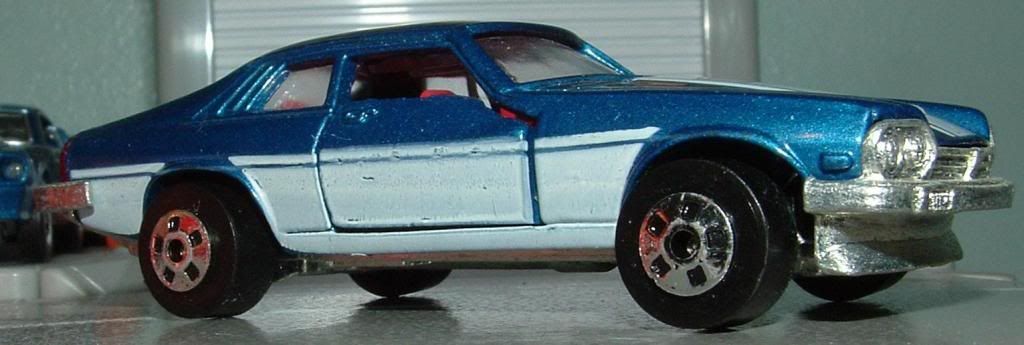
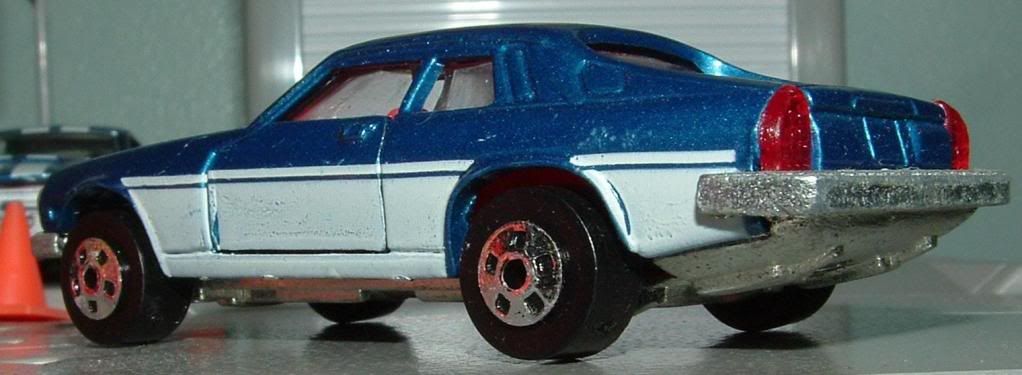

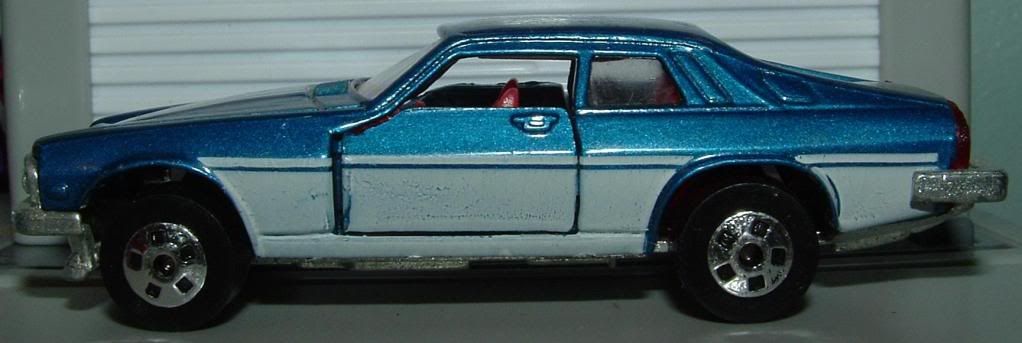

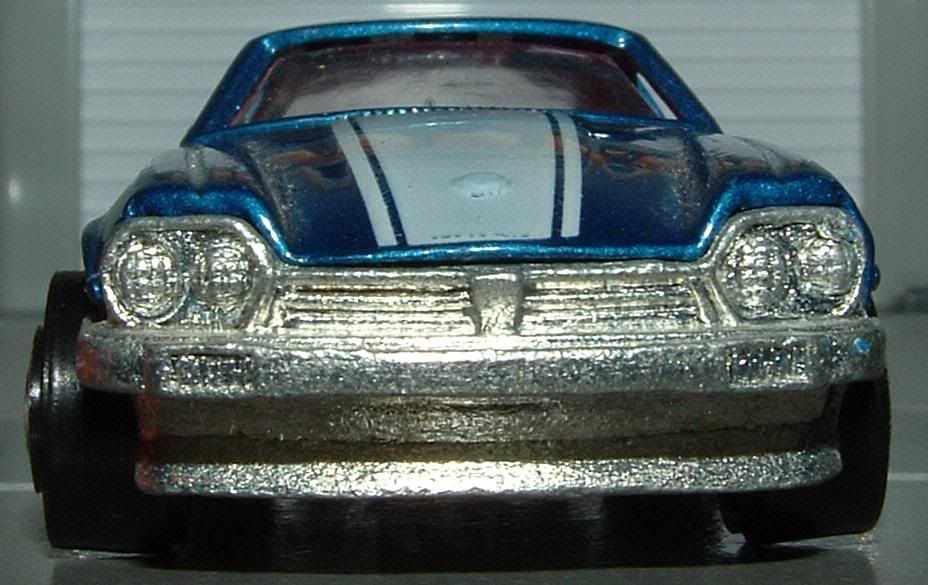
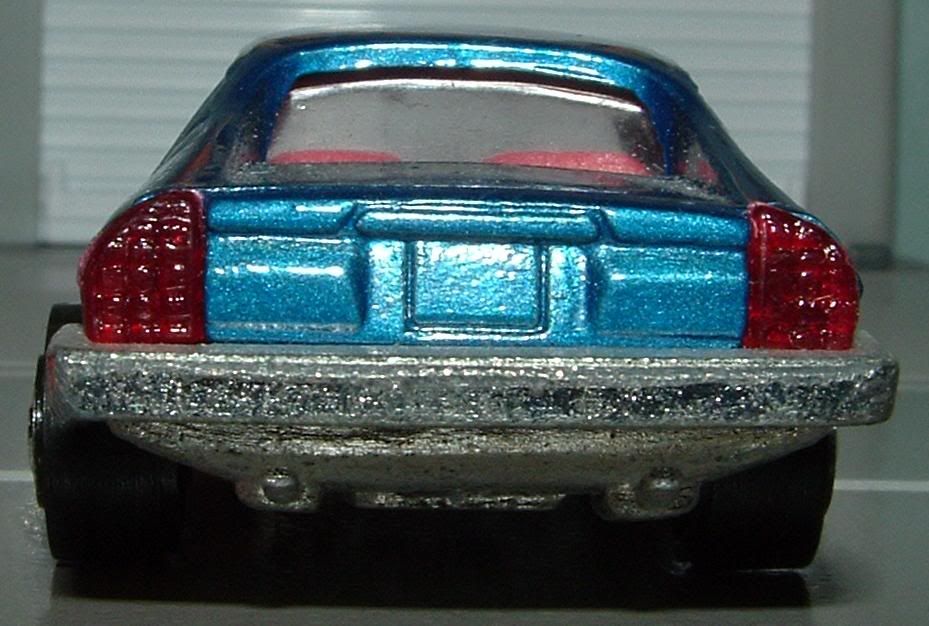
No comments:
Post a Comment